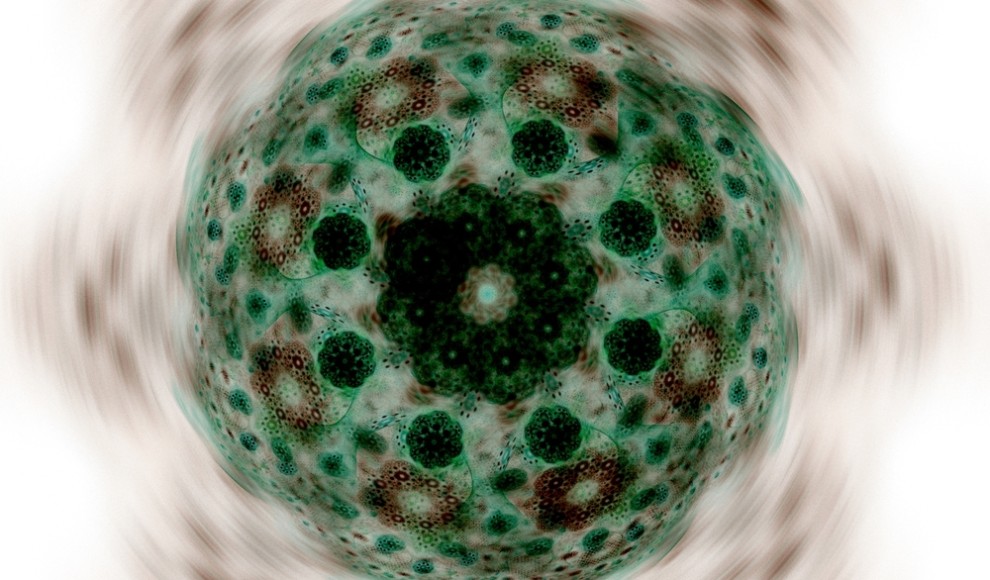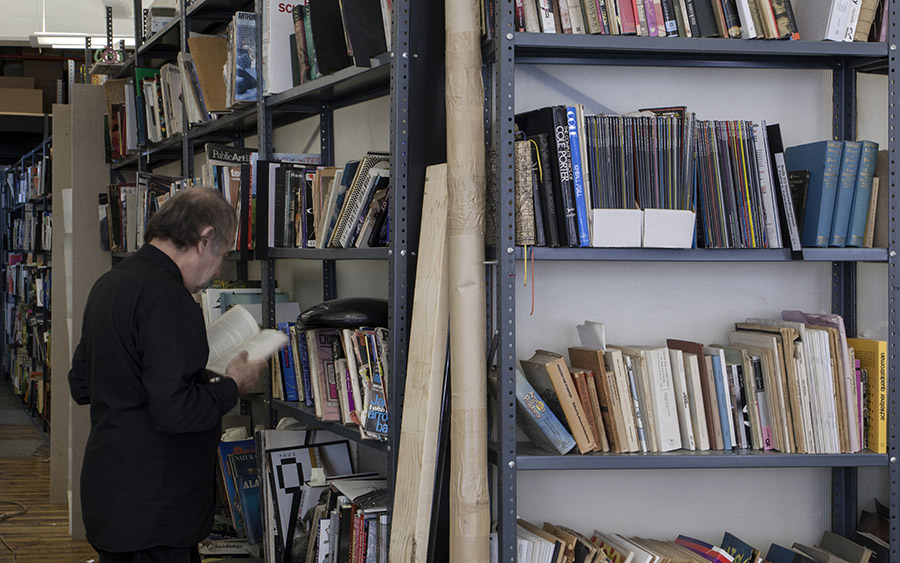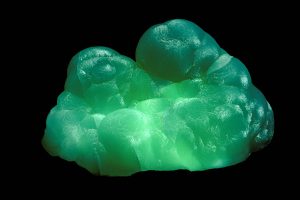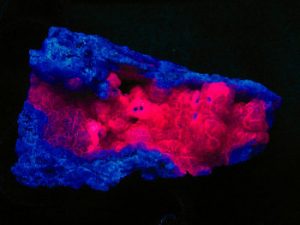Scientists have reversed the direction of time with a quantum computer. The breakthrough study seems to contradict basic laws of physics and could alter our understanding of the processes governing
Tag: matter
“We are not just saying that if you know the position of the electron, then you don’t know whether or not it’s moving. We’re saying that if the electron has some position, then it does not have any state of motion. What could this possibly mean? Nobody is quite sure.“
Quantum food for thought.
 Dig for your own gems at Ocean View mine in southern california.
Dig for your own gems at Ocean View mine in southern california.
Jack Whitten, Beloved Painter of Abstract Cosmologies, Dies at 78 -ARTnews
 His “conceptual paintings” offered new possibilities for what abstraction could be.
His “conceptual paintings” offered new possibilities for what abstraction could be.
“Ethereal and oftentimes mystical, Whitten’s paintings came out of inquiries into philosophical, scientific, and mathematical concepts. The chipped-paint technique in the “E Stamps” works, for example, often makes his work shine, and it sprang from reading up on the physical properties of light. “We know now that light occurs in extremely small particles,” he once told ARTnews. “That’s what allows us to see—those little fucking photons bouncing around your retina, and blam-o, I can see!””
Source: Jack Whitten, Beloved Painter of Abstract Cosmologies, Dies at 78 -ARTnews
Vito Acconci, as one might expect, did not rely on any such traditional system for organizing his library. He instead arranged his books based on an idiosyncratic, all-encompassing classification system very much of his own devising. Acconci’s system begins with general ontological categories – such as ‘Time’, ‘Space’, ‘Matter’, ‘Body’, ‘Life,’ ‘Mind’ and ‘Signs’ (there are 12 such categories in all) – which then proceed to sub-divide into more particular divisions and sections. By giving primacy to the ontological over the bibliographic, Acconci’s system does away with many library classification conventions. For instance, fiction and poetry are not treated as related genres of writing and thus placed within range of each other. Instead, novels are placed in a subset of ‘Time’ (‘fiction is about turning pages, it’s about time,’ according to Acconci) while poetry is classified as a subset of ‘Body,’ along with books on dance, music and clothing – perhaps reflecting Acconci’s own early evolution from poet to performance artist. Art and architecture books are also not assumed to share a common heritage and therefore assigned proximate shelf space. Instead, architecture books belong to a subset of ‘Space,’ while art books are classified as a subset of ‘Matter.’
Source: Vito Acconci’s Library
Smithsonite, or zinc spar, is zinc carbonate (ZnCO3), a mineral ore of zinc. Historically, smithsonite was identified with hemimorphite before it was realised that they were two distinct minerals. The two minerals are very similar in appearance and the term calamine has been used for both, leading to some confusion. The distinct mineral smithsonite was named in 1832 by François Sulpice Beudant in honor of English chemist and mineralogist James Smithson (c.1765–1829), whose bequest established the Smithsonian Institution and who first identified the mineral in 1802.
Smithsonite is a variably colored trigonal mineral which only rarely is found in well formed crystals. The typical habit is as earthy botryoidal masses. It has a Mohs hardness of 4.5 and a specific gravity of 4.4 to 4.5.
Smithsonite occurs as a secondary mineral in the weathering or oxidation zone of zinc-bearing ore deposits. It sometimes occurs as replacement bodies in carbonate rocks and as such may constitute zinc ore. It commonly occurs in association with hemimorphite, willemite, hydrozincite, cerussite, malachite, azurite, aurichalcite and anglesite. It forms two limited solid solution series, with substitution of manganese leading to rhodochrosite, and with iron, leading to siderite.[3]
UV Type Main color Intensity Observation Frequency
Long Waves (365nm): Yellowish White
Short Waves (254 nm): Red
Other colors LW: White
Other colors SW: Red , Violet red , Green , Blue , Violet






